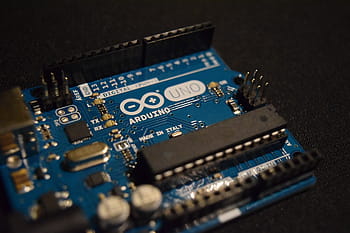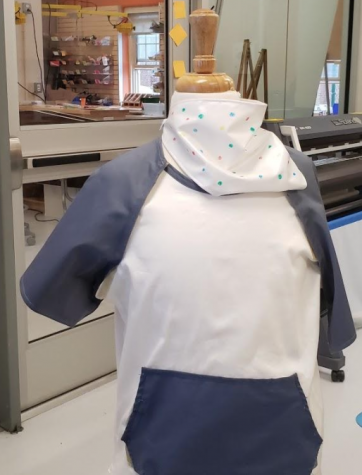Highlights from SHS STEAM Classes
February 22, 2020
Despite anxiety in school being fairly common among SHS students, the Science, Technology, Engineering, Art, and Math (STEAM) team is prepared to create classes that allow students to creatively think and solve real-world problems. STEAM is a series of courses offered by the Math and Science Departments to prepare students for college and beyond. Focused on design, engineering, and app development, STEAM classes are designed to provide introductory challenges and projects that ordinary engineers, designers, and programmers might face.
According to SHS Introductory Engineering Teacher Michael Kumaresan, who teaches Introductory Engineering, STEAM is designed to provide students with “basic technical knowledge and skills they will find useful in their first year or two in college. The current job market tends to favor individuals who have technological competence, so it can’t hurt to make a concerted effort to develop those skills.” Estimations by UCDavis show that over the past ten years, jobs in STEAM fields have grown three times faster than non-STEAM jobs have. “Even if you don’t take [STEAM] further beyond high school. It will teach you invaluable skills—how to think, how to be detail-oriented, how to communicate, how to listen and follow directions. Those kinds of skills will make you a better person and will only help you wherever you decide to go.”
In order to encourage creativity and display knowledge of the subject, STEAM teachers ask their students to engage with interactive assignments. In Introductory Engineering, students were given the task to design their own maze and program their robots to run through it (in the Arduino platform, a programming language based on C++) under time constraints.

In App Development, students were asked to design a project that would benefit people of a “user group” (the group of people the product is intended for) of their choice. According to SHS STEAM Coordinator Lisa Yokana, who teaches App Development, students would first develop ideas, then they would create a “wireframe” (app prototype), and lastly, they would code the actual app. All these different processes are designed for students to gain feedback from their “user group” of their choice. One of the apps designed, iHelp, was given a high score for helping the elderly.

A prototype of the shirt that won the Wells Fargo grant
In AT Entrepreneurship, students were asked to design a product that would also help a “user group”. In the class, a group of students won a $5,000 grant from the Wells Fargo No Barriers Global Impact Challenge for designing clothing that would alert a physical therapist if the patient was moved from his/her seat. The clothing had a conductive fabric on it, causing it to send a signal to the physical therapist who is pushing the wheelchair. This was designed to improve the comfort of patients who were not able to verbally communicate with a therapist.
Based on skills developed through these potentially daunting tasks, STEAM courses are a good way to challenge one’s mind and push through the limits of the impossible. By doing these projects, students not only test their knowledge in the subject but also their creativity. These skills are the foundations of preparing students for challenges that they’ll face in college and the workforce. STEAM classes, and the projects within, push students to bring the best approaches to these problems and create future engineers.

